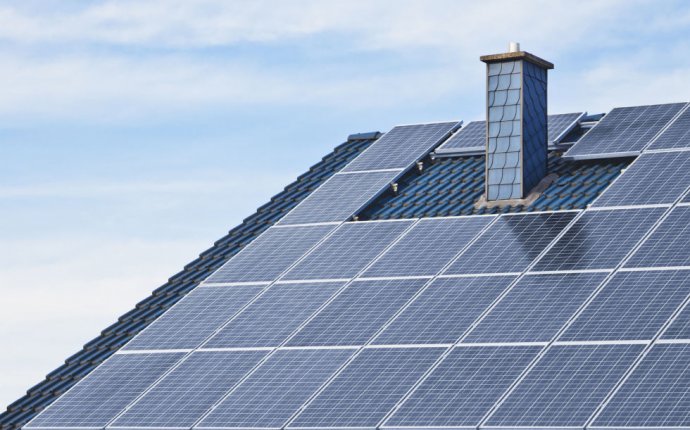
renewable energy for your home
Maybe you are considering purchasing a renewable energy system to generate electricity at your home. Although it takes time and money to research, buy, and maintain a system, many people enjoy the independence they gain and the knowledge that their actions are helping the environment.
A renewable energy system can be used to supply some or all of your electricity needs, using technologies like:
- Small solar electric systems
- Small wind electric systems
- Microhydropower systems
- Small hybrid electric systems (solar and wind).
Planning for a home renewable energy system is a process that includes analyzing your existing electricity use (and considering energy efficiency measures to reduce it), looking at local codes and requirements, deciding if you want to operate your system on or off of the electric grid, and understanding technology options you have for your site.
If you're designing a new home, work with the builder and your contractor to incorporate your small renewable energy system into your whole-house design, an approach for building an energy-efficient home.
Analyzing Your Electricity Loads
Calculating your electricity needs is the first step in the process of investigating renewable energy systems for your home or small business. A thorough examination of your electricity needs helps you determine the following:
- The size (and therefore, cost) of the system you will need
- How your energy needs fluctuate throughout the day and over the year
- Measures you can take to reduce your electricity use.
Conducting a load analysis involves recording the wattage and average daily use of all of the electrical devices that are plugged into your central power source such as refrigerators, lights, televisions, and power tools. Some loads, like your refrigerator, use electricity all the time, while others, like power tools, use electricity intermittently. Loads that use electricity intermittently are often referred to as selectable loads. If you are willing to use your selectable loads only when you have extra power available, you may be able to install a smaller renewable energy system.
To determine your total electricity consumption:
- Multiply the wattage of each appliance by the number of hours it is used each day (be sure to take seasonal variations into account). Some appliances do not give the wattage, so you may have to calculate the wattage by multiplying the amperes times the volts. Generally, power use data can be found on a sticker, metal plate, or cord attached to the appliance.
- Record the time(s) of day the load runs for all selectable loads.
Considering energy efficiency measures in your home before you buy your renewable energy system will reduce your electricity use and allow you to buy a smaller and less expensive system. For information about determining the overall energy efficiency of your home, see energy assessments.
Local Codes and Requirements for Small Renewable Energy Systems
Each state and community has its own set of codes and regulations that you will need to follow to add a small renewable energy system to your home or small business. These regulations can affect the type of renewable energy system you are allowed to install and who installs it. They can also affect whether you decide to connect your system to the electricity grid or use it in place of grid-supplied electricity as a stand-alone system.









